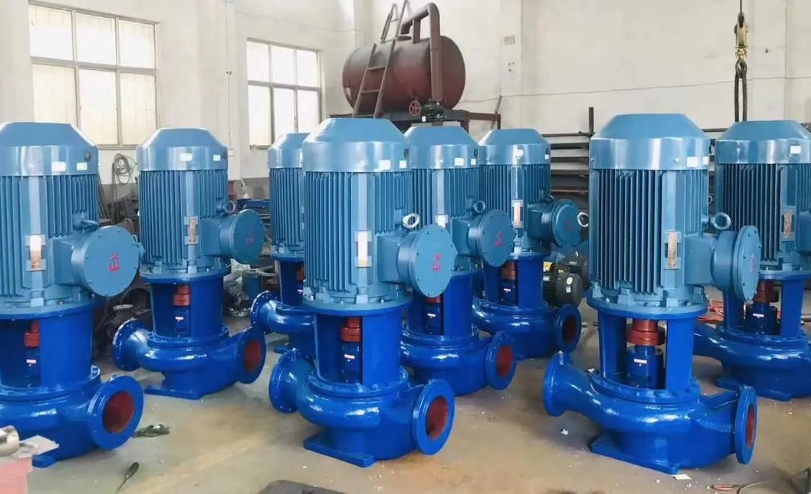Understanding the Universality of the Centrifugal Pump: A Pioneering Force in Fluid Mechanics
Centrifugal pumps, despite their widespread recognition, share a common denominator that sets them apart from other types: the principle of operation rooted in centrifugal force. Developed in the early 17th century by Sir Christopher Wren, this fundamental mechanism has made the centrifugal pump a cornerstone in numerous industrial and domestic applications.
At its core, a centrifugal pump consists of a rotating impeller enclosed within a casing. As fluid enters, it is accelerated radially outward due to the impeller's rotation, creating a pressure drop. This causes the fluid to move against gravity, effectively raising its level or transferring it to higher points. This basic principle is what earned the term "centrifugal" as the pumps rely on the centrifugal action to generate flow.
The versatility of the centrifugal pump lies in its adaptability to various fluid types, from water to oil and even slurries, thanks to its modular design. From irrigation systems to chemical plants, from desalination plants to cooling systems, they excel in moving fluids consistently and efficiently.
Despite the emergence of different pump technologies like reciprocating pumps, axial flow pumps, and others, the centrifugal pump remains a fundamental workhorse. Its simplicity, reliability, and efficiency have made it a default choice for many engineering needs.

SEO Keywords:
1. Centrifugal pump
2. Fluid mechanics
3. Principle of operation
4. Industrial applications
5. Versatility
6. Reciprocating pumps
7. Axial flow pumps
8. Efficiency
9. Pump types
10. Engineering needs




